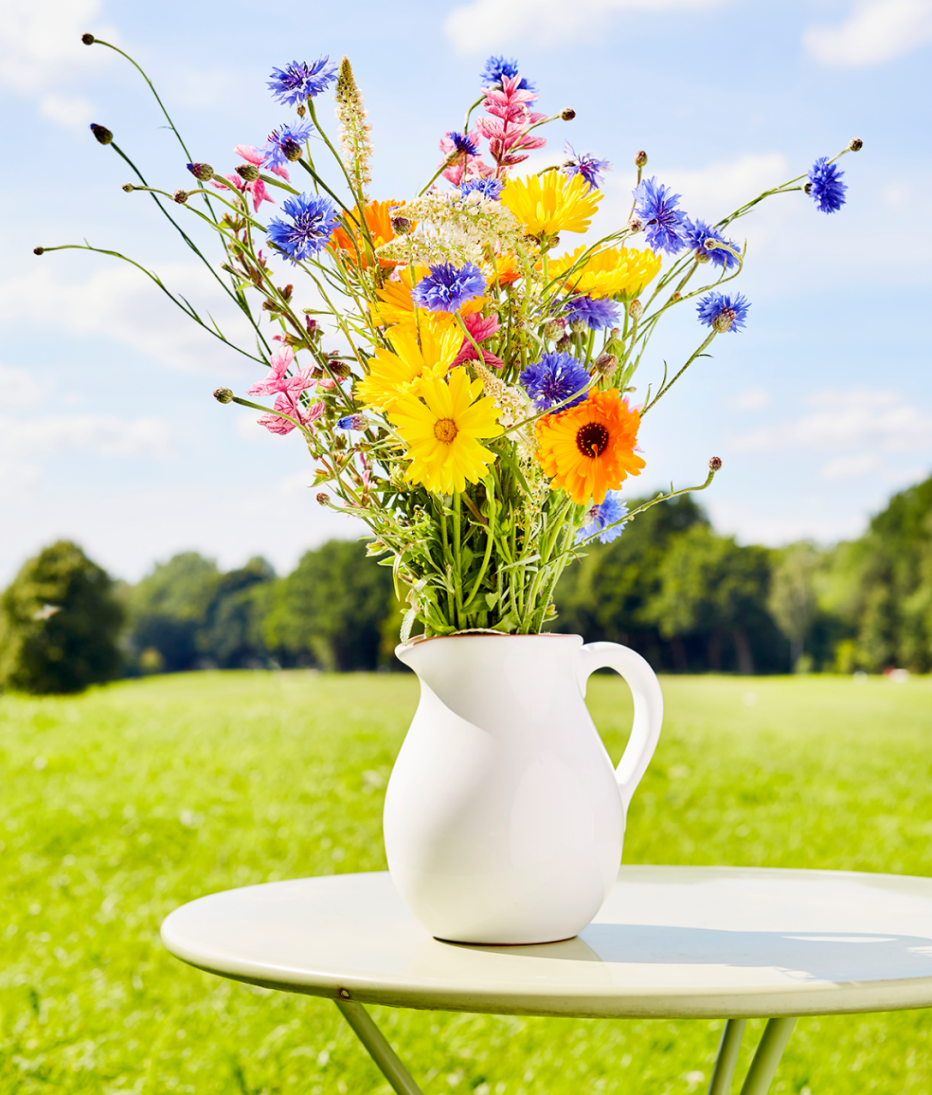AARP Hearing Center


A freshly gathered bouquet will brighten any room and lift your spirits. Whether grown in your yard or on your balcony, nectar-rich blooms will also support local pollinators — the bees, birds and butterflies that ecosystems rely upon. Here’s some expert advice on how to create a flower-rich garden.
Plan before you dig
Start by picking a spot for planting and assessing its characteristics. Consider the sun or shade, moisture conditions and the slope.
Wisconsin gardening expert and author Melinda Myers recommends getting a soil test through your local extension service, an educational partnership between state universities and other land-grant colleges and the U.S. Department of Agriculture.
Once you have determined your soil condition, you can amend it accordingly. “Adding compost is one way to improve the drainage in heavy soil and the water-absorbing ability in sandy soils,” Myers says. “It also promotes healthy plant growth.”
Then observe whether your spot has full sun, partial sun or shade. Choose flowering plants that suit your conditions, and group them accordingly. “Understanding happy plant companions also helps,” says Isara Ongwiseth, a lead designer at FormLA Landscaping in Los Angeles. “Mixing shade and sun-loving plants or drought-tolerant and high-water-need plants in one area is a recipe for unhappiness.”
Through internet research or gardening books, you can choose plants that match your gardening style and ambition and learn the care that your favorite blooms require. “If you don’t have the time or desire to invest in regular, ongoing maintenance, avoid plants that are aggressive and need to be controlled, or those that tend to flop or need extra pruning or deadheading to look their best,” Myers says.
She also warns against any disease- or pest-prone plants unless you have the time and energy for upkeep.





































































More From AARP
Top 10 Easiest Superfoods to Grow in Your Garden
Liven up your menu with the healthiest versions of these wellness-boosting plants
Gardening Can Be Within Everyone’s Reach
Smart designs, adaptive tools and a sensible, safety-oriented routine can compensate for age and disabilities
11 Indoor Plants That Are Hard to Kill
Expert advice to help you get in on this ‘green’ trend